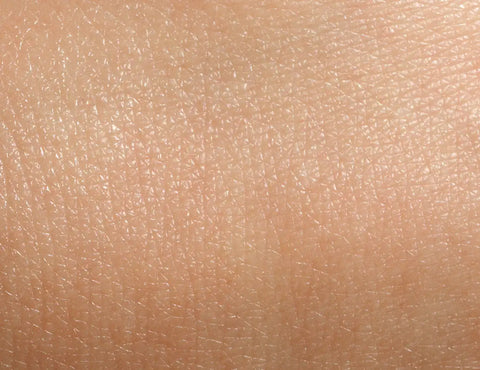What is my skin type? How to find out?
Quick and Easy Steps for Beginners
With K-Beauty's trend on social media, many people want or start to take care of their skin. Problem ! they usually don’t know where and how to start so that’s why here we’re gonna explain how to determine your skin type.

It's important to note that your skin type isn’t fixed—it can change over time due to factors like climate, age, and lifestyle. This means it’s crucial to regularly assess how your skin feels and reacts in order to adjust your skincare routine accordingly.
How to Determine Your Skin Type: A Simple Test
Follow these steps to discover your skin type at home:
- Cleanse your face thoroughly and gently pat dry.
- Wait for about an hour without applying any products.
- Observe your skin’s natural state and note any changes.
There are four main skin types: normal, dry, oily, and combination. Each type has distinct characteristics, and we'll dive into each one here (we’ll address acne-prone and sensitive skin in more detail in future blog posts).
Normal skin:
Normal skin is well-balanced, with a healthy level of sebum production that keeps it hydrated without being oily. It has a smooth texture, even tone, and pores that are barely noticeable. Though less prone to irritation and breakouts, normal skin can occasionally experience mild acne, dryness, or sensitivity due to hormonal changes, stress, or environmental factors.

For normal skin, products suitable for all skin types work best. Avoid products formulated for oily skin, as they may not provide enough hydration, and those for dry skin, which can be too rich. Products designed for sensitive skin are a great choice since they help maintain the skin's moisture barrier and prevent irritation. A consistent routine focused on hydration and protection is key to maintaining a healthy complexion. For example, the SKIN1004 - Hyalu-Cica Water-Fit Sun Serum SPF50+ is perfect for this skin type.
Dry skin:
Dry skin occurs when there’s a lack of moisture and natural oils, causing tightness, flakiness, and a dull complexion. This is usually due to insufficient sebum production, which weakens the skin's barrier, making it more prone to dehydration, sensitivity, and fine lines.
Dry skin can be caused by genetics, environmental factors, and lifestyle habits like using harsh products or taking hot showers. To combat dry skin, it's essential to use gentle, hydrating products that support the skin's moisture barrier, while avoiding triggers like excessive heat or overwashing. People with dry skin often experience tightness after cleansing and may notice rough patches or flakiness, especially in colder weather. Try the Haruharu wonder - Black Rice Moisture 5.5 Soft Cleansing Gel to address these issues. To lock in hydration, layer your routine with toners, essences, and serums, and consider using a moisturizing sleeping mask for extra hydration on dry days.
Oily skin:
Oily skin is characterized by excess sebum production, which can result in a shiny appearance, especially in the T-zone (forehead, nose, chin). This excess oil can contribute to enlarged pores, blackheads, and acne. However, oil also helps protect the skin and can delay the appearance of wrinkles as you age.

If your face becomes greasy throughout the day or if your makeup tends to melt off, you likely have oily skin. While oily skin can be beneficial in preventing fine lines, excess oil can also lead to clogged pores and breakouts. To care for oily skin, use lightweight, non-comedogenic products. Avoid skipping moisturizer or sunscreen, as this can cause the skin to produce even more oil. Gel-based moisturizers and sun protection products work well for oily skin types. We recommend the Dr.G - Red Blemish Clear Soothing Cream a trusted product for oily skin.
Combination skin:
Combination skin features both oily and dry areas on the face. Typically, the T-zone (forehead, nose, chin) is oily, while the cheeks and other areas may be dry or normal. This results in a shiny T-zone, enlarged pores, blackheads, and occasional breakouts, while the dry areas may feel tight, flaky, or rough. Combination skin can change depending on factors like hormonal fluctuations, environmental shifts, and skincare choices.

Managing combination skin can be tricky because it requires balancing oil production while addressing dryness. For oily areas, use lightweight, oil-controlling products like mattifying toners or gel-based moisturizers. For dry areas, use richer, hydrating products. The AXIS-Y - Cera-Heart My Type Duo Cream is a great option for combination skin, as it addresses both oily and dry zones. By carefully selecting and layering products that target specific needs, you can achieve a balanced Korean skincare routine that works for your unique skin type.
The bottom line
By understanding your skin type and its specific needs, you can create a Korean skincare routine tailored to keep your complexion healthy and balanced. Stay tuned for more tips and product recommendations in our upcoming posts on SKINOREA
